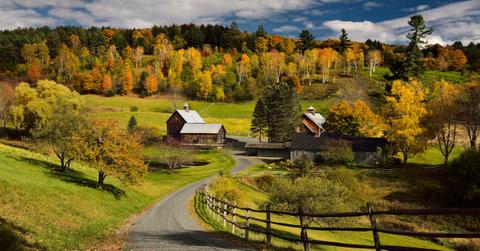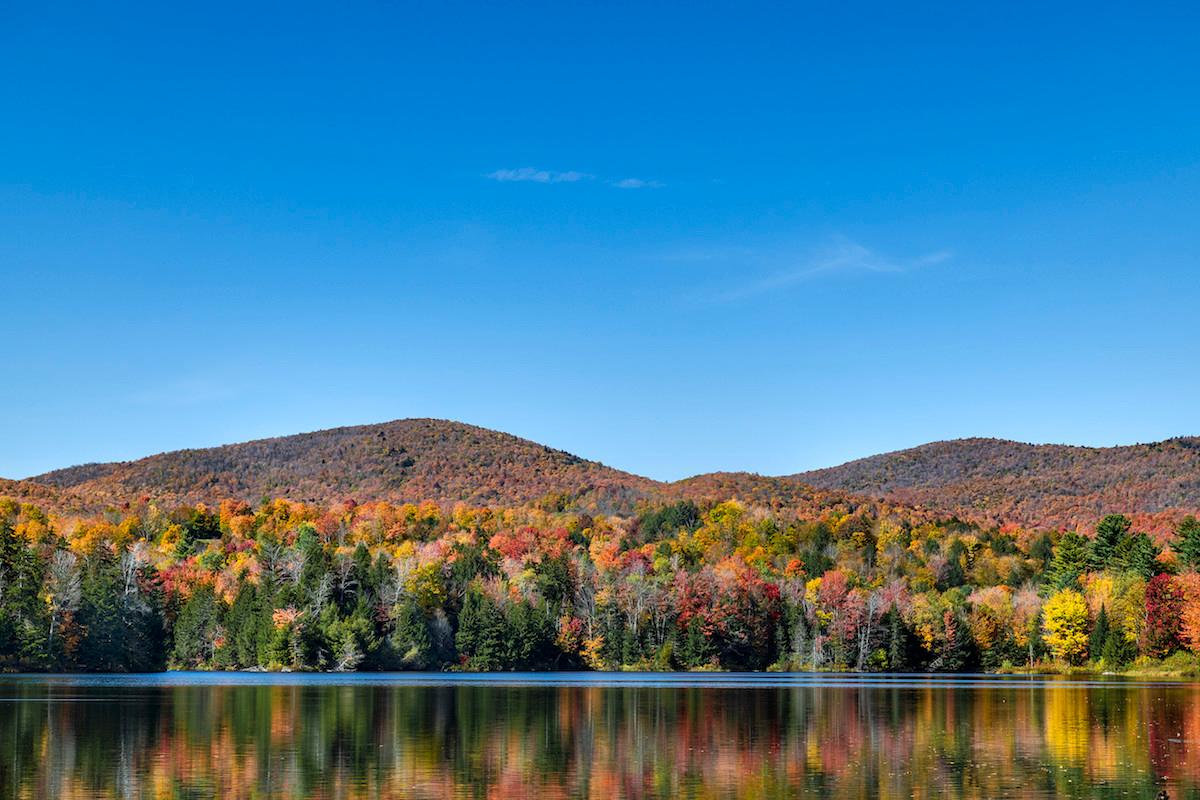Vermont Has Protected 1.3 Million Acres of Land to Help Wildlife Flourish
Vermont has protected one third of the land required to support ecological function across the state.
Updated April 5 2021, 8:31 a.m. ET

As the world population grows, so does humankind's need for land development — and unfortunately, turning forests or wide open spaces into buildings and houses is not what our planet needs. One state that just might be on the right track to protect its biodiversity from too much development is Vermont.
According to a new case study, Vermont has already formally conserved one-third of the land required for ecological function. That's a total of about 1.3 million acres of protected land.
The case study was conducted by the University of Vermont and published in the journal Biological Conservation. For the study, the researchers used geospatial analyses to compare formally protected lands across the state with Vermont Conservation Design.
Vermont Conservation Design is an initiative started in 2015 by the Vermont Fish & Wildlife Department. The initiative aims to conserve biological diversity and wildlife across the state by maintaining and enhancing the state's "ecological function" through a landscape-level conservation design. Ecological function is essentially the ability of an ecosystem to have healthy air and water, and for all the plants and animals that inhabit the ecosystem to carry out all of its natural processes — thriving, reproducing, migrating, etc.
After analyzing data, the study's authors found that about one third of the design's highest priority land has already been protected. As mentioned above, that's around 1.3 million acres of land, meaning there's about 2.6 million more acres that still need formal protection.

"Vermont is at a critical juncture in conserving the wild and working forest landscapes of the state, as we observe losses in forest cover to development and other land uses," Tony D'Amato, a UVM professor and co-author of the study, said in a statement in UVM's blog post about the study. "This study provides a crucial benchmark of current levels of forest protection to help prioritize future conservation actions to achieve the impressive vision Vermont Conservation Design has outlined for sustaining the ecological, economic, and social benefits of Vermont's forests into the future."
Most of the land that Vermont has already conserved is forested land — what the state needs to focus on next is protecting Vermont's surface water and riparian areas. A riparian area (or zone) is land that occurs along bodies of water, such as flood plains and streambanks, according to the USDA. Riparian areas help animals travel between habitats, which is key for some species' survival.
Of the 1.3 million or so acres of protected land in Vermont, most of it is protected by either the federal government, the state, and private nonprofits. Interestingly, most of the high-priority riparian areas that have already been protected are protected by environmental nonprofits, such as the Vermont Land Trust and The Nature Conservancy in Vermont.
Elizabeth Thompson, Director of Conservation Science at Vermont Land Trust, told UVM: “Going forward, Vermont’s nonprofits will play an increasingly important role in land conservation, especially in continuing to protect those areas that are rich with species diversity.”
The need for protecting land in Vermont is high right now — and one reason is because Vermont and other New England states are losing nearly 1,500 acres of land each year to development. It's encouraging that Vermont is ahead of the game, with one third of its target land already protected, but there is still much more work to be done to achieve prime ecological function across the state.